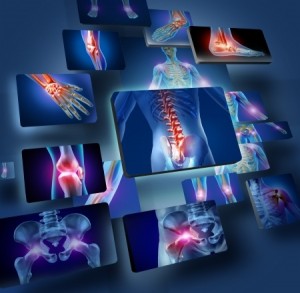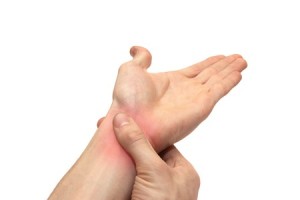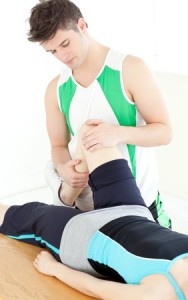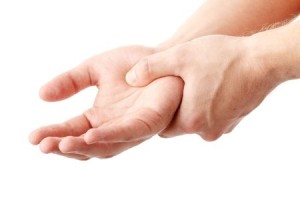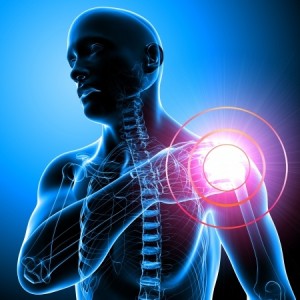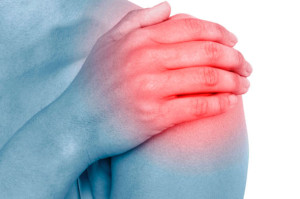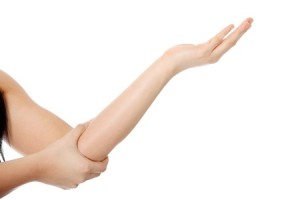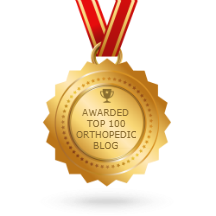Knee Injury Specialists in Orange County, CA
The knee is the largest joint in the body, and one of the most essential. The knee is used in each step we take, and facilitates the transfer of weight from the upper body to the lower legs and feet. To stay stable, the knee has a relatively limited range of motion. An injured knee can cause pain, joint degeneration, and problems with overall body alignment. 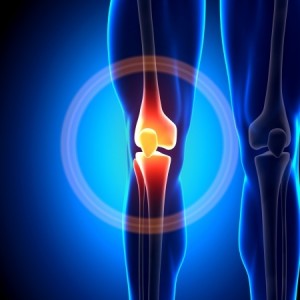
Ligament Tears
The knee is held in place by four ligaments: the anterior cruciate ligament (ACL), posterior cruciate ligament (PCL), lateral collateral ligament (LCL), and medial collateral ligament (MCL). One or more of these ligaments may be torn after sudden trauma to the knee, especially injuries in which the knee is twisted out of place.
Ligament tears are common among athletes whose sport requires frequent turns or stops, such as basketball players and football players. ACL tears are the most common. Although some groups are at a higher risk, a ligament tear can happen to anyone.
Ligament tears can sometimes be left to heal on their own if the tear is mild to moderate. However, if the tear is moderate to severe, surgery may be required, especially if the patient is young and physically active.
Meniscus Tears
The knee contains two menisci, which are wedge-shaped pieces of cartilage that facilitate the smooth movement of the knee. A meniscus can be torn after twisting the knee or trauma, as can happen in sports. The menisci tend to lose fluid and become more fragile with age, so people who are middle-aged or older are more likely to develop this injury.
Surgery is often recommended for meniscus tears. The need for surgery depends on the location of the tear and its severity.
Fractures
The patella, or kneecap, may be fractured after a fall, car accident, or other trauma. Traumatic fractures are considering an emergency, and can pose a significant threat to a person’s health and mobility.
Fractures can sometimes be treated non-surgically, but other times surgery is required. The road to recovery from this knee injury is generally lengthy, and requires a period of joint immobilization followed by a period of physical therapy. 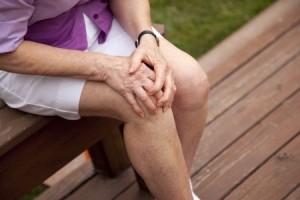
Knee Injury Specialists
Dr. Howard Marans of OC Orthopedic specializes in the treatment of knee injuries. Dr. Marans is an experienced orthopedic surgeon who has worked with thousands of patients over his decades-long career. He is skilled in the treatment of sports injuries and other traumatic orthopedic injuries, as well as the treatment of common orthopedic problems.
Dr. Marans is dedicated to using minimally invasive procedures whenever possible. He works with each patient to develop an individualized treatment plan.
Dr. Howard Marans would be happy to meet with you about your knee injury. To schedule your consultation today, please call OC Orthopedic at (714) 979-8981 or click below and enter your information and we will get back to you as soon as possible.


